
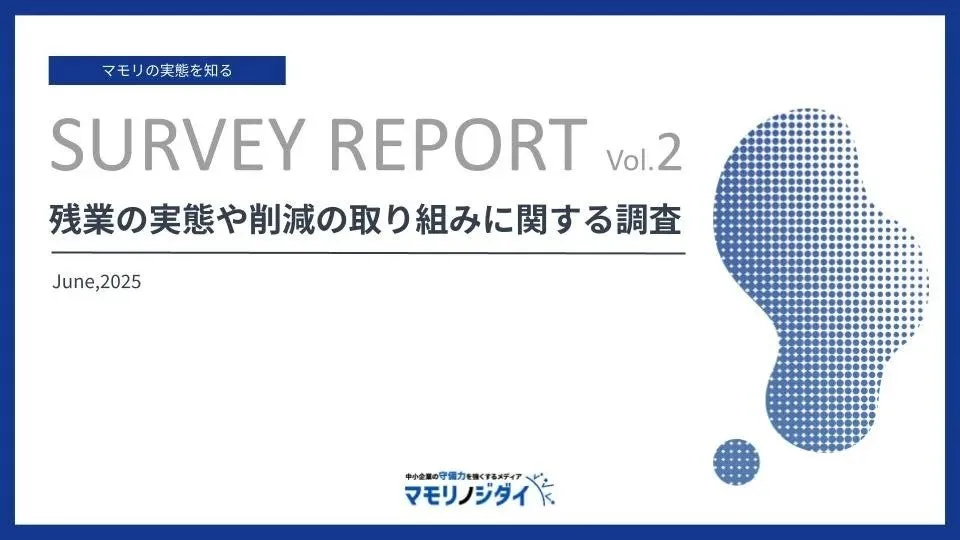
Workplace Reform Trends: Decreasing Overtime in Japanese SMEs
Understanding Overtime in Japanese SMEs: A Recent Survey Analysis
In a recent survey conducted by 3A Consulting, a total of 139 small and medium-sized enterprises (SMEs) were examined regarding their overtime practices and the effectiveness of various workplace reforms. The survey aimed to uncover the realities of overtime work while identifying both the challenges and successful strategies implemented by companies to mitigate excessive work hours. With a dominant shift in work culture initiated by government reforms, the findings suggest a significant yet nuanced evolution in how SMEs handle overtime.
Summary of the Study
According to the survey results, while many SMEs reported a decrease in overtime hours, several challenges persist. Notably, the main reasons driving overtime include increased workload and labor shortages. Nonetheless, the overarching sentiment from employers is a strong commitment to reducing overtime, as more companies adapt their practices to align with national reform efforts aimed at improving work-life balance.
Current Overtime Landscape among SMEs
When asked about changes in overtime hours over the past year, 57.6% of respondents indicated that overtime remained stable, while 32.4% noted a reduction. This reflects a growing awareness among businesses regarding the necessity to decrease overtime in light of governmental pressures advocating for workplace reform. Yet, it is essential to recognize that two out of three companies reported that their overtime hours remained unchanged or even increased, illustrating the complexities facing many workplaces.
Characteristics of Employees Who Work Overtime
The survey revealed varied reasons contributing to overtime among employees, with 30.1% of respondents identifying broad job responsibilities as a significant factor. Additionally, a balanced distribution of concerns included strong responsibility (19.5%), challenges with task management (18.8%), frequent customer interactions (18.8%), and high internal coordination demands (12.9%). This highlights that while the pressures of overtime may stem from individual roles, collective workplace dynamics also play a major role.
Efforts to Reduce Overtime
Interestingly, a remarkable 64% of surveyed companies reported actively implementing strategies to curb overtime. The introduction of upper limits on overtime began for large enterprises in 2019 and was extended to SMEs in 2020, fostering a heightened consciousness towards reducing work hours across the board. Companies are now recognizing the importance of adjusting their operational protocols to comply with these regulations and promote healthier working conditions for employees.
Conclusion and Further Insights
The findings discussed here represent a fraction of the complete data gathered from the survey. For a comprehensive overview, inclusive of all ten survey questions and analysis regarding successful measures taken by companies to reduce overtime, the specific challenges they face, and potential pathways for resolution, interested parties can download the detailed report from the 3A Consulting website.
Additional Context on 3A Consulting
3A Consulting, established in 1999, operates its headquarters in Osaka City and has established itself as a leading consulting firm specializing in ISO certifications and operational support. Through its media platform, Mamorinojidai, the company provides critical information that helps SMEs strengthen their risk management and compliance measures, adapting to the evolving landscape of modern business management.
For further details, please visit: Mamorinojidai
This shift towards decreased overtime and improved work-life balance is indicative of a broader trend across Japan's workforce, aligning with the government’s ongoing initiatives to enhance employee wellbeing and promote sustainable work practices.
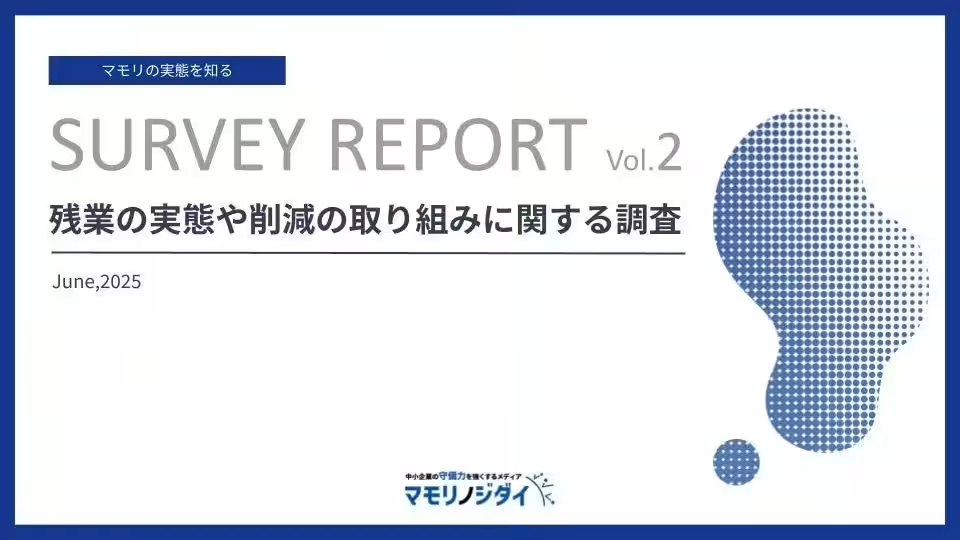
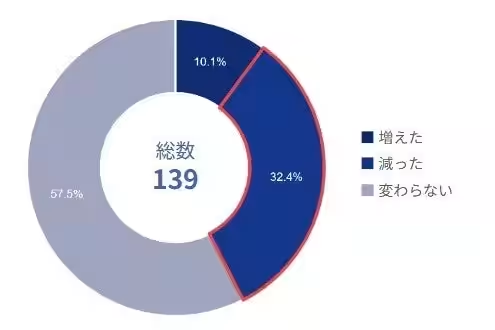
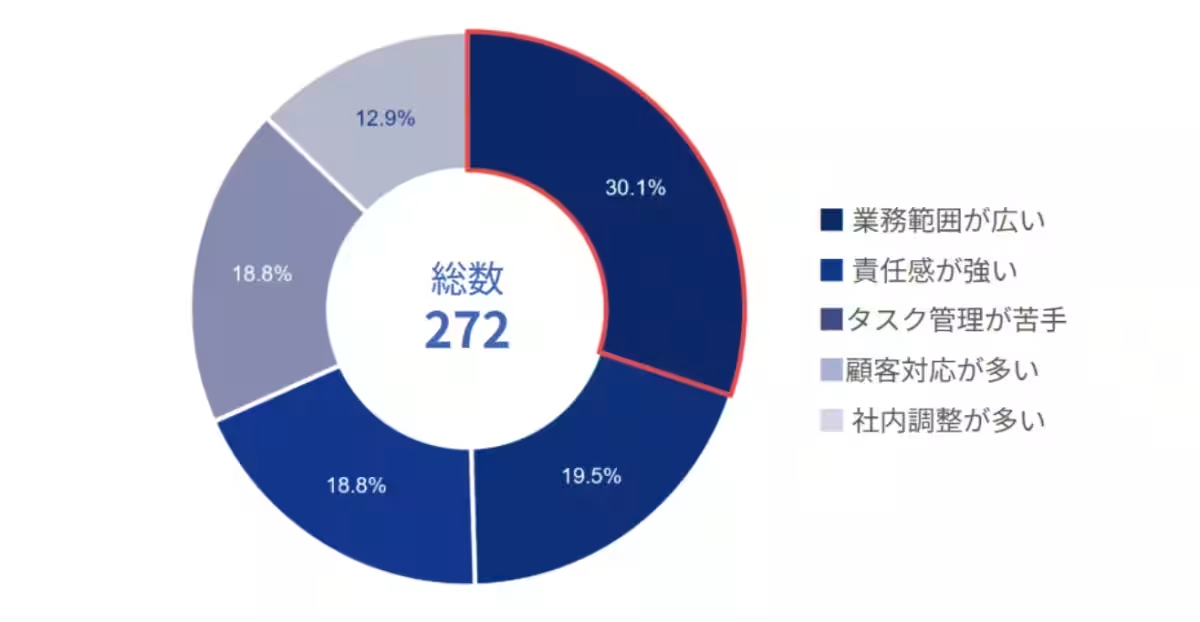
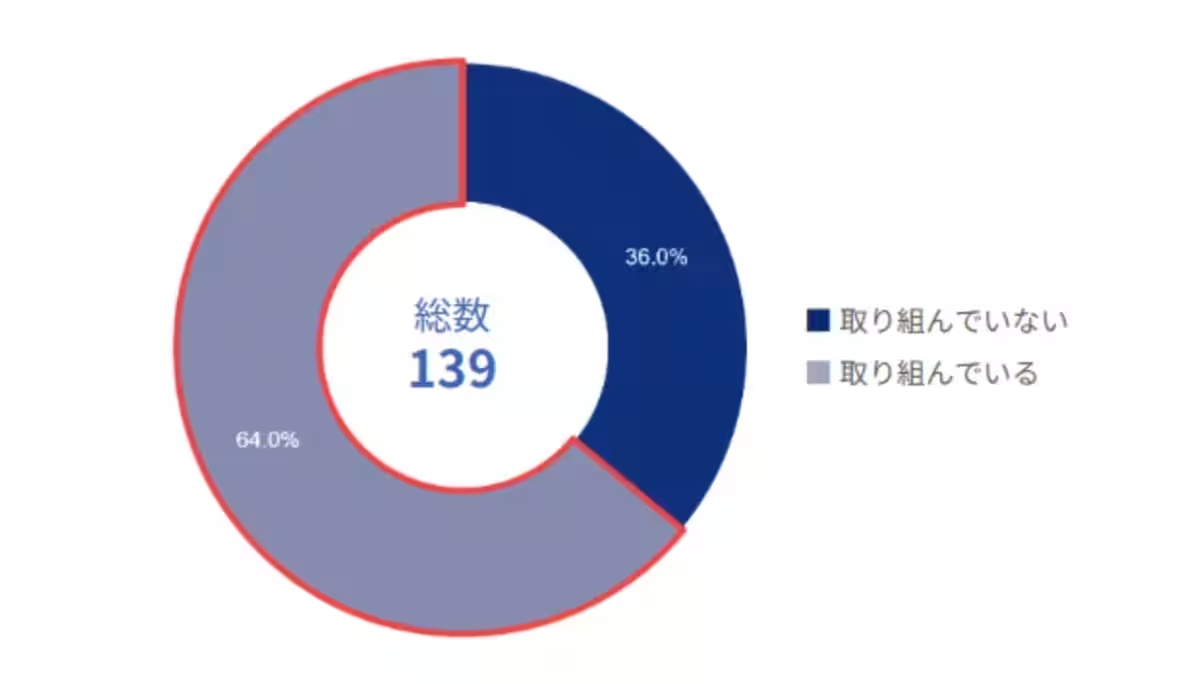
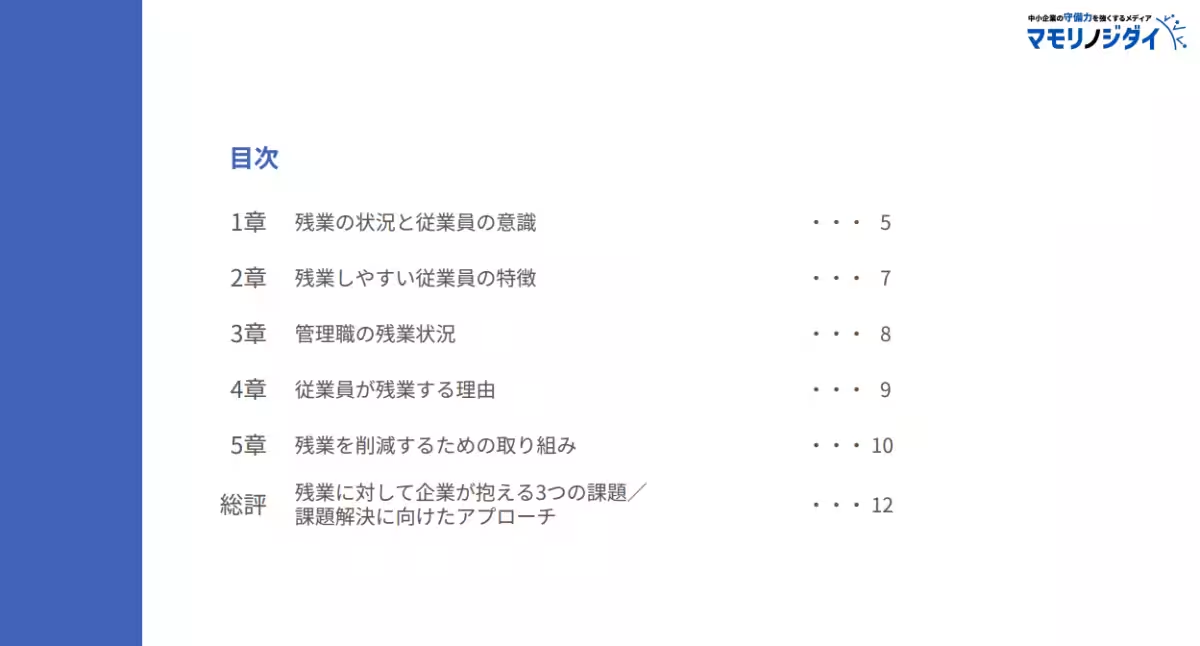

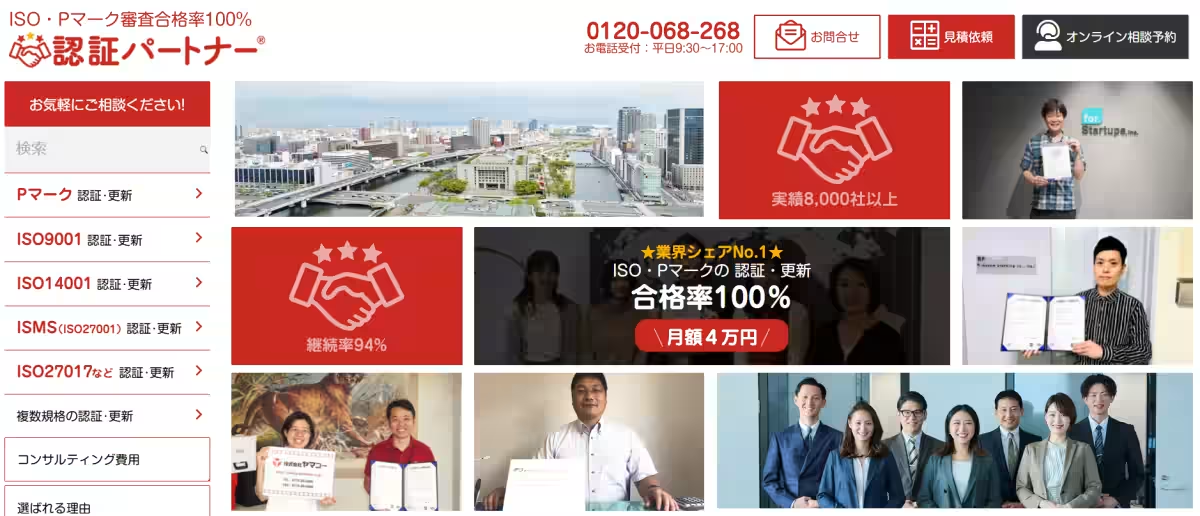
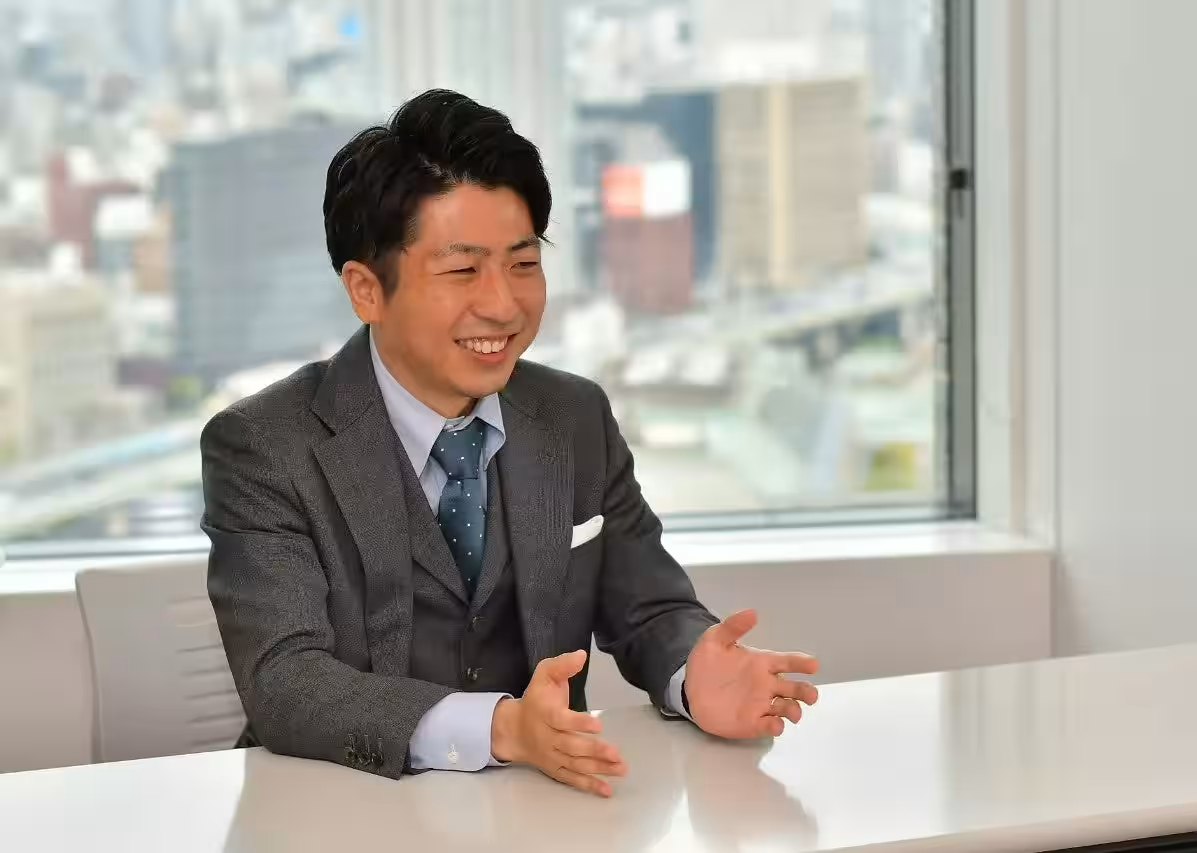
Topics Business Technology)










【About Using Articles】
You can freely use the title and article content by linking to the page where the article is posted.
※ Images cannot be used.
【About Links】
Links are free to use.